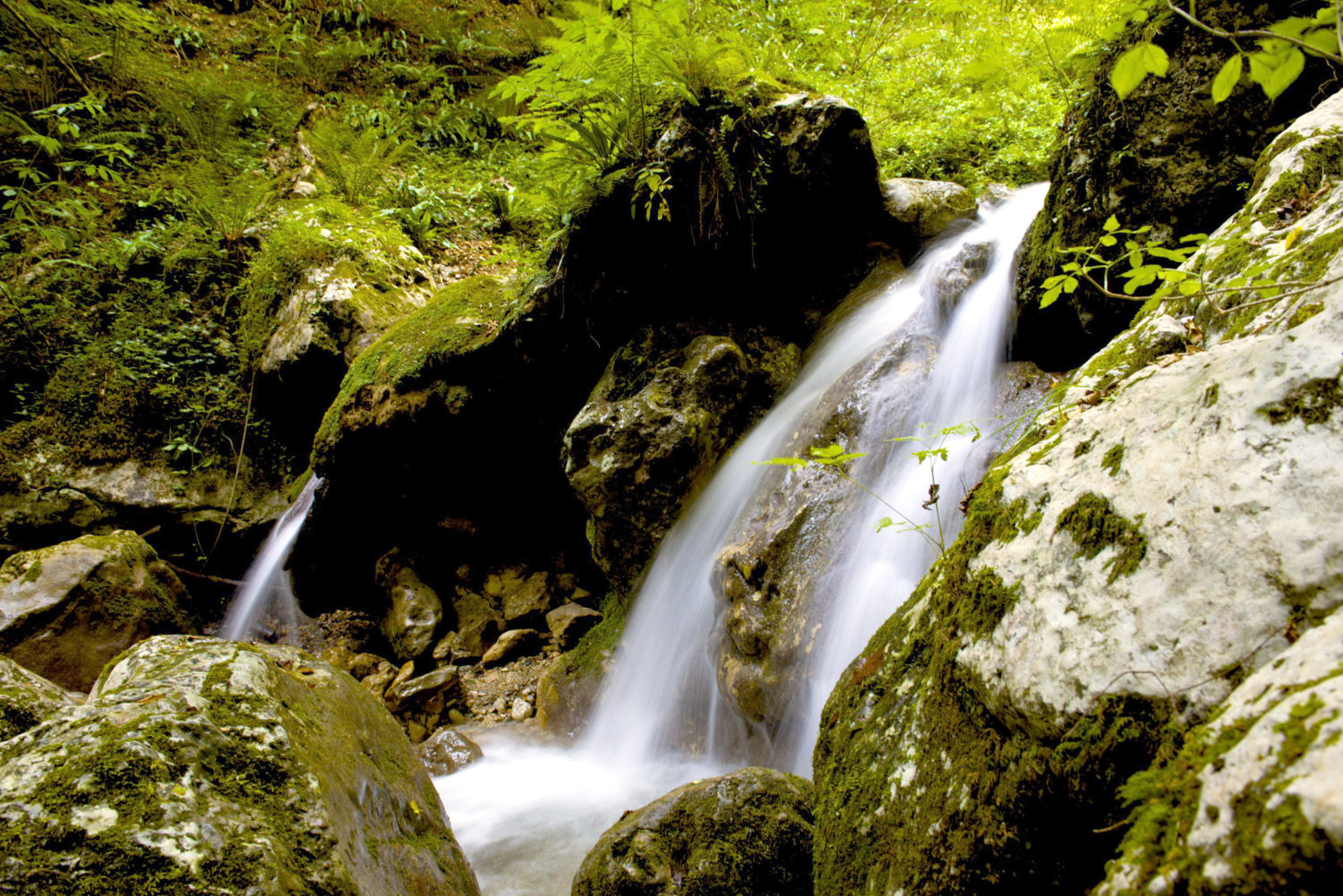From the July 13, 2019, issue of the Seikyo Shimbun, the Soka Gakkai’s daily newspaper.
Tsunesaburo Makiguchi, the founding Soka Gakkai president, declared that Soka mentors and disciples are practitioners of the Lotus Sutra, not believers. The fact that the three obstacles and four devils[1] arise, he said, is proof that we are correctly carrying out bodhisattva practice to help others become happy.
Nichiren Daishonin states, “It could never come about that the prayers of the practitioner of the Lotus Sutra would go unanswered” (“On Prayer,” The Writings of Nichiren Daishonin, vol. 1, p. 345).
The “prayers of the practitioner of the Lotus Sutra” today are none other than the prayers of our noble members who boldly take on all challenges based on their vow to realize kosen-rufu and the Daishonin’s ideal of “establishing the correct teaching for the peace of the land.” As such, their prayers will not fail to be answered.
A life dedicated to one’s mission can be hectic and demanding. But in light of the Buddhist principle that “earthly desires are enlightenment,” the more we grapple with problems and exert ourselves in faith, the more we can expand our life state. Amid great struggles for kosen-rufu, we can accumulate boundless treasures of the heart and spread our circle of happiness. In addition, our individual prayers will be fulfilled.
This is the formula based on the Mystic Law for winning in our human revolution and our efforts to actualize a more peaceful and prosperous world for all.
The Daishonin writes, “Put into flames, a rock simply turns to ashes, but gold becomes pure gold” (“Letter to the Brothers,” WND-1, 497).
There are crucial moments in both life and in society. On June 30, 1958, I became the Soka Gakkai’s general administrator [at age 30, after second Soka Gakkai President Josei Toda had passed away on April 2]. From that time, I effectively shouldered full responsibility for the running of the organization. Every day was exactly such a crucial moment.
Inheriting the spirit of my mentor, I devoted myself to meeting members. I traveled tirelessly across the country—from our main bastion of Tokyo and neighboring regions of Tokaido and Kanto; to Kansai, the scene of my ongoing court case in relation to the Osaka Incident;[2] to Hokkaido, Tohoku, Chubu, Hokuriku, Shin’etsu, Chugoku, Shikoku and Kyushu. I also kept in close contact with our members in Okinawa [where I was not able to visit at the time].
On behalf of my mentor, I continued to chant Nam-myoho-renge-kyo and wholeheartedly encourage our sincere members, many of whom were striving amid personal difficulties such as illness and financial hardship. I did so precisely because Mr. Toda had taught me that giving guidance in faith means encouraging people, and he entrusted me with this task.
While battling personal karma, each member forged ahead with courage to compassionately spread the Mystic Law. Members throughout Japan united solidly in the spirit of “many in body, one in mind,” sweeping away all criticism and abuse aimed at them and shining brilliantly as “pure gold.”
On July 13, 1958, shortly after I was appointed general administrator, a high-spirited Kansai youth division general meeting was held (in Osaka). I called out to my young friends who gathered that day sharing my spirit: “The Soka Gakkai is Japan’s wellspring of courage, and the youth division is the wellspring of the Soka Gakkai! Be youth who apply yourselves to your Buddhist practice with courage, and triumph in your work, your personal circumstances and in society with the resolve to tackle challenges head-on.”
I wish to declare that today the youth of Soka are undeniably the world’s wellspring of courage. By dedicating their lives to the vow of mentor and disciple, our gathering of youthful Bodhisattvas of the Earth can bring forth power as vast as the universe.
Have invincible courage to weather any storm! In July, the month of mentor and disciple, let us proudly proclaim the lofty ideals of Soka humanism!
I am praying for all our members to enjoy long, healthy, fulfilling lives of absolute victory.
References
- Three obstacles and four devils: Various obstacles and hindrances to the practice of Buddhism. The three obstacles are 1) the obstacle of earthly desires, 2) the obstacle of karma and 3) the obstacle of retribution. The four devils are 1) the hindrance of the five components, 2) the hindrance of earthly desires, 3) the hindrance of death and 4) the hindrance of the devil king. ↩︎
- Osaka Incident: The occasion when SGI President Ikeda, then Soka Gakkai youth division chief of staff, was arrested and wrongfully charged with violating the election law in a House of Councillors by-election in Osaka in 1957. At the end of the court case, which continued for more than four years, he was fully exonerated of all charges. ↩︎
You are reading {{ meterCount }} of {{ meterMax }} free premium articles

